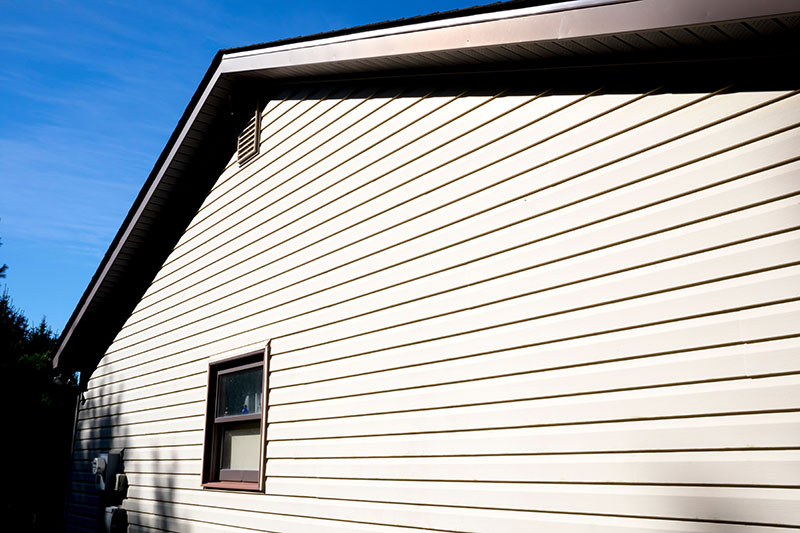Advertisement
Siding is one of the most important components of a home’s exterior, protecting it from weather and adding curb appeal. If you notice that your siding is starting to show signs of wear and tear, then it is time to start thinking about getting a new siding installation.
Choosing Your Siding Contractor
When you’re ready to choose your siding contractors, think about how many years of experience they have, what their past clients say about their work, and how comfortable you feel when talking with them. Also make sure they have the proper licenses and insurance coverage, as well as a detailed contract that includes warranties and completion timelines.
Time of Year
When it comes to replacing siding, there are four seasons – winter, spring, summer, and fall. Each season brings its own challenges with different temperatures and weather conditions. Vinyl siding is very sensitive to hot temperatures and can expand quickly under the right conditions. This is why many contractors won’t recommend working on vinyl siding during the summer months.
Summer
Summer heat can cause vinyl siding to expand in length and width, so it’s important to have your siding replaced in the summer. Working with experienced contractors can help you get replacement siding placed quickly before summer begins and make sure that your home stays protected for years to come. Always schedule your siding replacement before the worst of hot weather hits so you’re not stuck with damaged vinyl products after the summer.
Spring
Unfortunately, siding replacement is one of the last things you want to do during the rainy season. The moisture that makes for great picnics and outdoor barbecues isn’t very beneficial for your home. No matter how careful your contractor is, extreme rainstorms can cause moisture damage that leads to mold growth. Mold in your home can present several health risks and will likely take a long time to correct, costing you both time and money.
Winter
Winter cold weather can make certain home improvement jobs much more difficult than they should be. For instance, installing vinyl siding is a job that’s difficult enough on its own. However, if you try to install it when the temperature is below 50 degrees, it becomes even harder because the siding panels contract as they get colder. This makes it easy to nail them on too tight, causing them to crack or break during installation.
Autumn
Siding replacement is the ideal autumn activity. Autumn is a good time to replace siding because of all the benefits it provides. First, it keeps your house warm and cozy during cold winter weather. Second, it can help lower heating bills by improving energy efficiency. Also, some manufacturers will offer heavily discounted clearance products come fall, so be sure to get on their mailing lists so you don’t miss out on these sales. And finally, with less people getting siding put on at this time of year means that contractors have more time available for your project, which means quicker turnaround time compared to spring and summer months!

